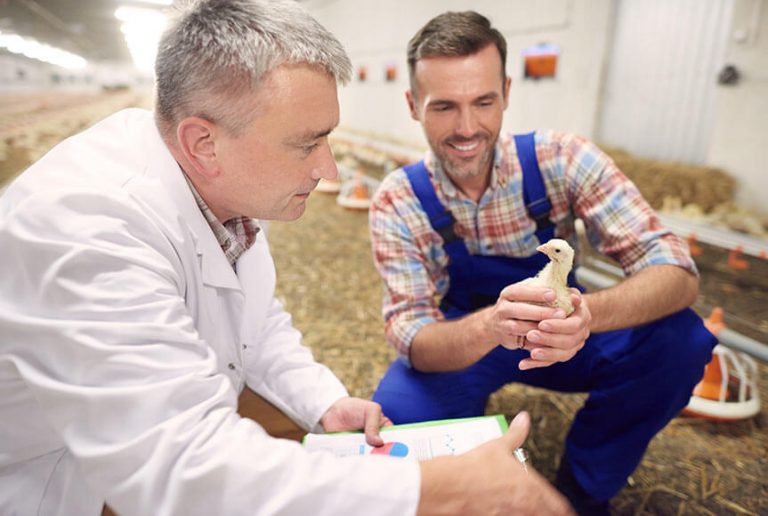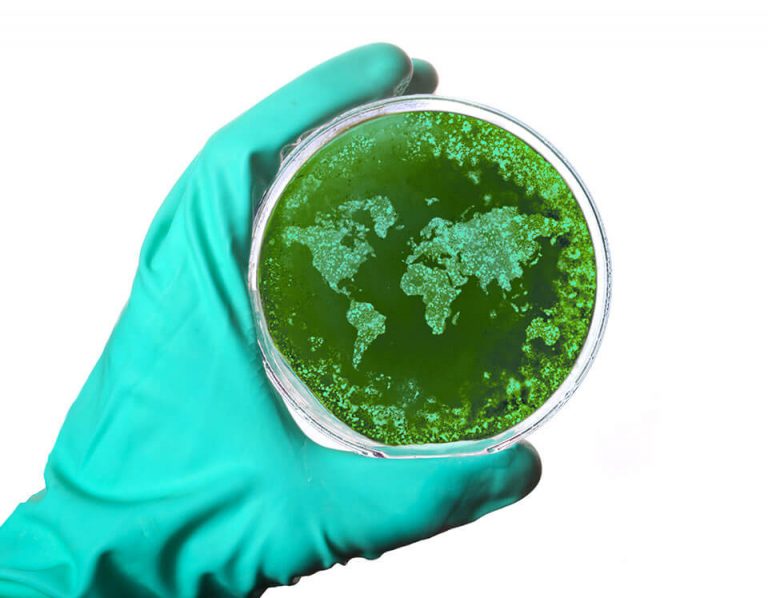
The view from human health
As the world mobilizes to develop new and better approaches to address AMU and AMR, one clear thing is that “a new normal” is at hand and there is no going back to working in silos and relying on traditional approaches. One Health thinking and approaches are critical, involving the collaborative effort of multiple disciplines working locally, nationally and globally to attain optimal health for people, animals and the environment, all of which are increasingly interconnected.
It was recognized that “the blame game” is not productive — everyone is a factor in the AMR issue, and everyone has a role to play in working together toward improved approaches. A top priority identified was the need to preserve antibiotic utility by reducing unnecessary use.
One of the most powerful opportunities to enhance AMR mitigation in the human health arena is to make strides in preventing infections in the first place. This can be accomplished via a major focus on preventing infections, preventing transmission, diagnosing and treating infection effectively and using antibiotics wisely, with each area having numerous key strategies such as vaccinating, following strict hand washing protocols, treating infection rather than contamination or colonization and stopping treatment when infection is cured or unlikely. More broadly, there is a sore need for high-quality research relevant to infection prevention and control in hospitals.

The view from small animal (companion animal) veterinary health
Infection prevention and control is equally critical in the realm of small animal health. For example, small animal veterinary clinics lag well behind human hospitals in formulation of and implementation of infection control programs. This is an area that needs to be addressed to further reduce reliance on antimicrobials and better contribute to the mitigation of AMR.

The view from animal agriculture
Animal agriculture faces growing pressure to reduce the use of antimicrobials. At the same time, it faces increasing demands to feed a hungry, growing world. The need to reconcile these sometimes-competing needs must be central to new, more sophisticated approaches to managing the realities of AMU and AMR in agriculture, in the context of a One Health concept.
Even “prudent use” of antimicrobials will not be enough to stem the rise in AMR. But at the same time, animal agriculture needs to deal with the realities the growing AMR problem presents and do the best it can to support animal health while mitigating the veterinary contribution to AMR.
As new rules and expectations emerge for AMU in animal agriculture, key industry sectors are taking charge by advocating for responsible AMU and the continual improvement of AMR mitigation approaches. At the same time, major components of animal agriculture have consistently championed the ongoing need for improved science-based understanding and responses to this issue, along with the critical need to preserve and protect animal health and welfare.

The view from environmental health
The development of antimicrobial-resistant organisms (ARO) in external environments was recognized as a major link and puzzle piece in the broader picture of the AMR issue that needs to be considered and integrated in broader AMR efforts. Among the major causes of antibiotic resistance identified by the WHO are poor infection control, lack of hygiene and poor sanitation. Preventing the development of ARO in the community through focus on these areas is a critical role for Environmental Public Health policy and activities.

The view from community health
A critical front line in the movement to mitigate AMR is the area of community health, where a growing number of antimicrobial stewardship initiatives are making a positive impact. A top focus is to empower the public and the consumer to be better antimicrobial stewards.
Among the leading examples of hot spots where intervention has been needed is the area of long-term care. Major challenges with antimicrobial stewardship have also been apparent in the realm of healthcare providers and patients in the community. Another leading area of scrutiny is the role of cleaning approaches, particularly the use of disinfectants and antiseptics, which can contribute to AMR issues by placing more pressure on organism populations to select for resistance.

The view from a global risk perspective
Infectious disease outbreaks that affect the world’s livestock and human populations carry tremendous economic, social and even political consequences due to the damage and upheaval they cause. In the past 15 years alone, select high-profile outbreaks have caused well over $200 billion in damage globally, with the socio-economic costs particularly high in remote and poorly resourced communities.
One of the keys to improvement is collaborating across sectors and disciplines, through a One Health model. Early and successful interventions require at-the-ready integrated response capability. When early intervention is missed the cost to control an outbreak and the losses due to an outbreak rise exponentially quickly. This is an area where Canada has a lot of work to do to enhance AMR mitigation to protect human health, and to protect a Canadian livestock industry valued at $19 billion per year.
The view from an ethical perspective

The debate and agenda around AMU and AMR mitigation also has a strong ethical dimension. Recognition of this is especially important under a One Health type approach that requires multiple stakeholders and disciplines working together and finding solutions together, despite having different perspectives and variations in value structures.